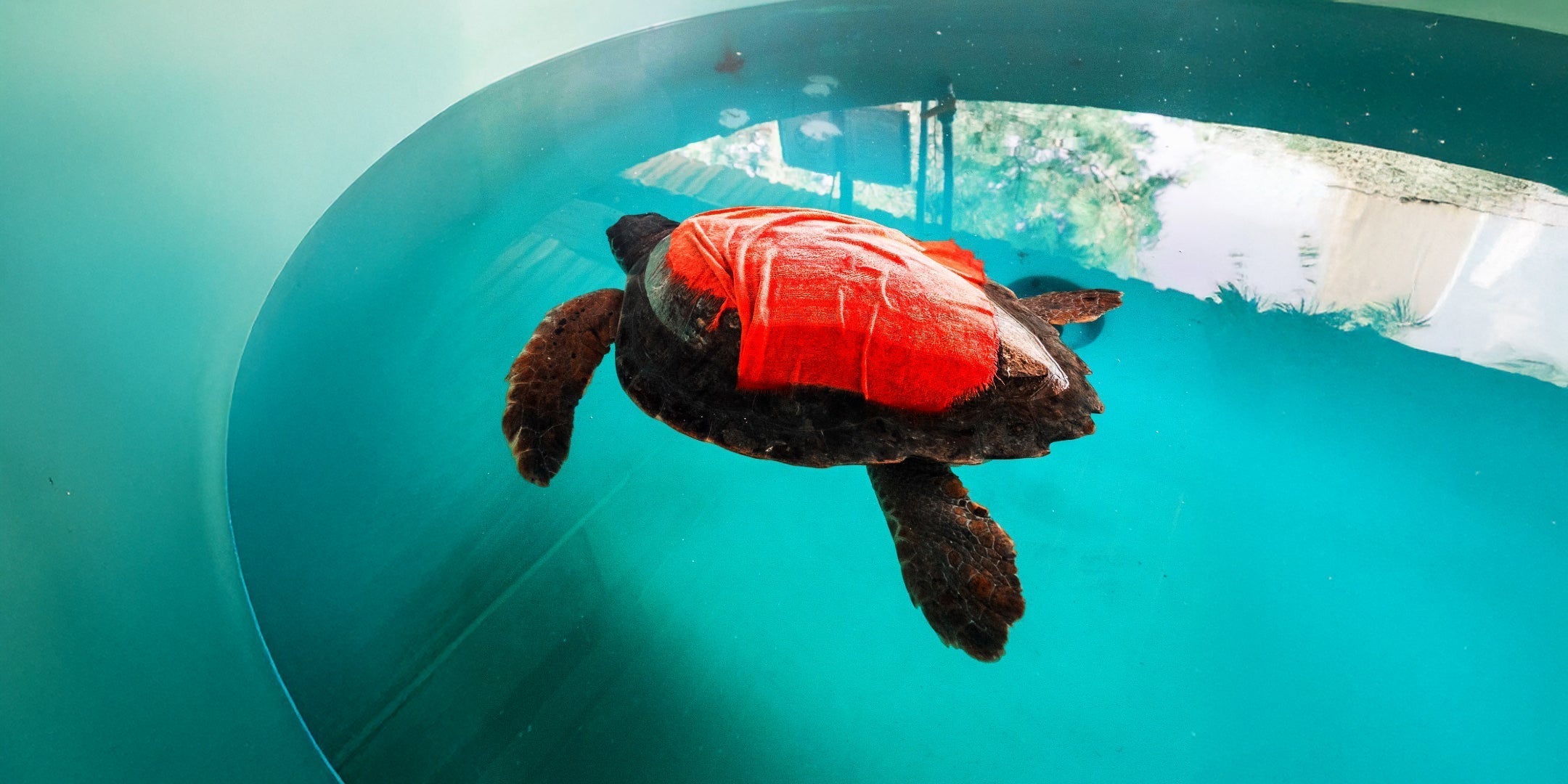Sea turtles, the ancient navigators of our oceans, are confronted with many dangers in our increasingly industrialized marine landscapes. Among these threats, collisions with boats—known as vessel strikes—have become a serious and often deadly risk. Raising awareness about this pressing issue is essential to help protect these endangered species.
The Frequency of Boat Strikes
In the United States, hundreds of sea turtles are harmed by vessel strikes each year, with many incidents going unreported. Florida, a hotspot for boating and sea turtle activity, sees 20 to 30 percent of stranded turtles showing signs of injuries consistent with boat collisions (Sea Turtle Conservancy). Similarly, in Georgia, boat strikes rank as a leading cause of sea turtle strandings, prompting officials to encourage boaters to stay alert, particularly during peak turtle activity seasons (NOAA Fisheries).
Understanding the Consequences
Boat strikes can cause severe injuries to sea turtles, leading to shell fractures, internal damage, and sometimes instant death. Those that survive may face long-lasting effects such as paralysis, infections, or challenges in foraging for food. Since sea turtles need to surface for air, they are especially at risk in busy boating zones. Species like loggerheads, green turtles, and the critically endangered Kemp’s ridley sea turtles are among those most impacted (Mote Marine Laboratory).
What Makes Sea Turtles Vulnerable?
1. Slow Movement: Unlike quicker marine mammals, sea turtles cannot swiftly evade oncoming boats.
2. Frequent Surfacing: Their need to breathe makes them more susceptible to strikes, particularly in shallow waters.
3. Coastal Development: Increased human activity in nesting and feeding areas has led to a rise in boat traffic in vital turtle habitats.
4. Lack of Awareness: Many boaters are unaware of sea turtle migration and nesting behaviors.
Ways to Mitigate Boat Strikes
1. Implementing Speed Limits in Critical Areas
Slowing down in areas known for sea turtle activity can greatly reduce the chances of a collision. Many states, including Florida, enforce seasonal speed restrictions in designated marine zones.
2. Boater Education and Awareness
Organizations such as the Sea Turtle Conservancy and NOAA Fisheries offer educational resources to help boaters identify and avoid sea turtles.
3. Improved Reporting Systems
Encouraging boaters to report injured or dead sea turtles helps conservationists track patterns and develop better protective measures. Hotlines like those provided by Sea Turtle Stranding and Salvage Network make reporting easier.
4. Advancing Boat Technology
Research is underway to develop propeller guards and sonar-based alert systems to detect marine life, reducing unintentional strikes.
How You Can Help
- If you're a boater, follow speed regulations and remain vigilant in turtle-inhabited waters.
- Support conservation efforts by donating to organizations such as Mote Marine Laboratory and Sea Turtle Conservancy.
- Educate others about the dangers sea turtles face and encourage responsible boating.
- Learn more about other responsible fisheries management and conservation with https://billfish.org/
Conclusion
Boat strikes are a growing yet preventable threat to sea turtles. Through a combination of awareness, policy changes, and conservation efforts, we can protect these magnificent creatures for generations to come. By taking simple steps—like slowing down in key areas, reporting injured turtles, and supporting conservation initiatives—we can all play a role in preserving our oceans’ biodiversity.

